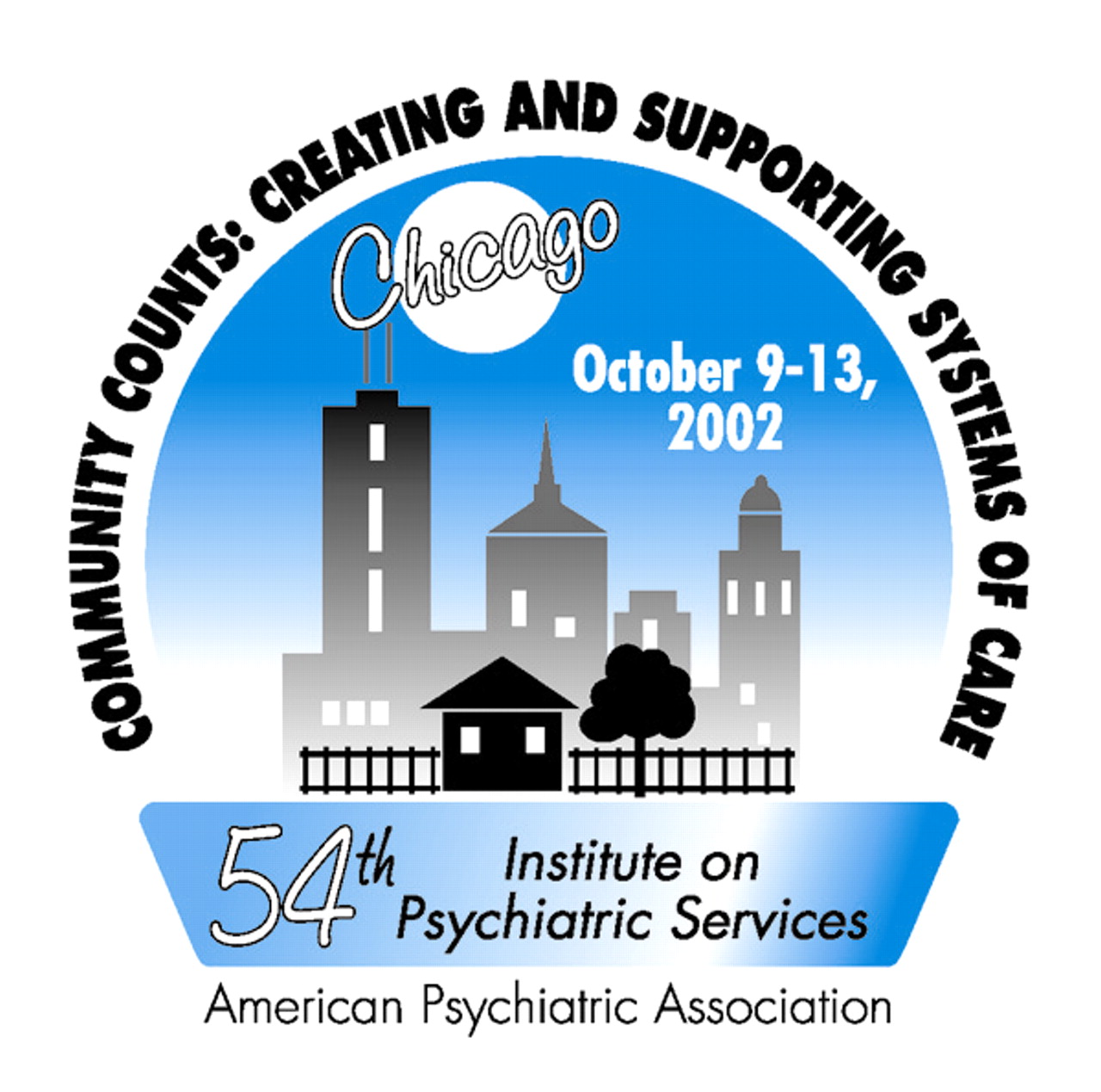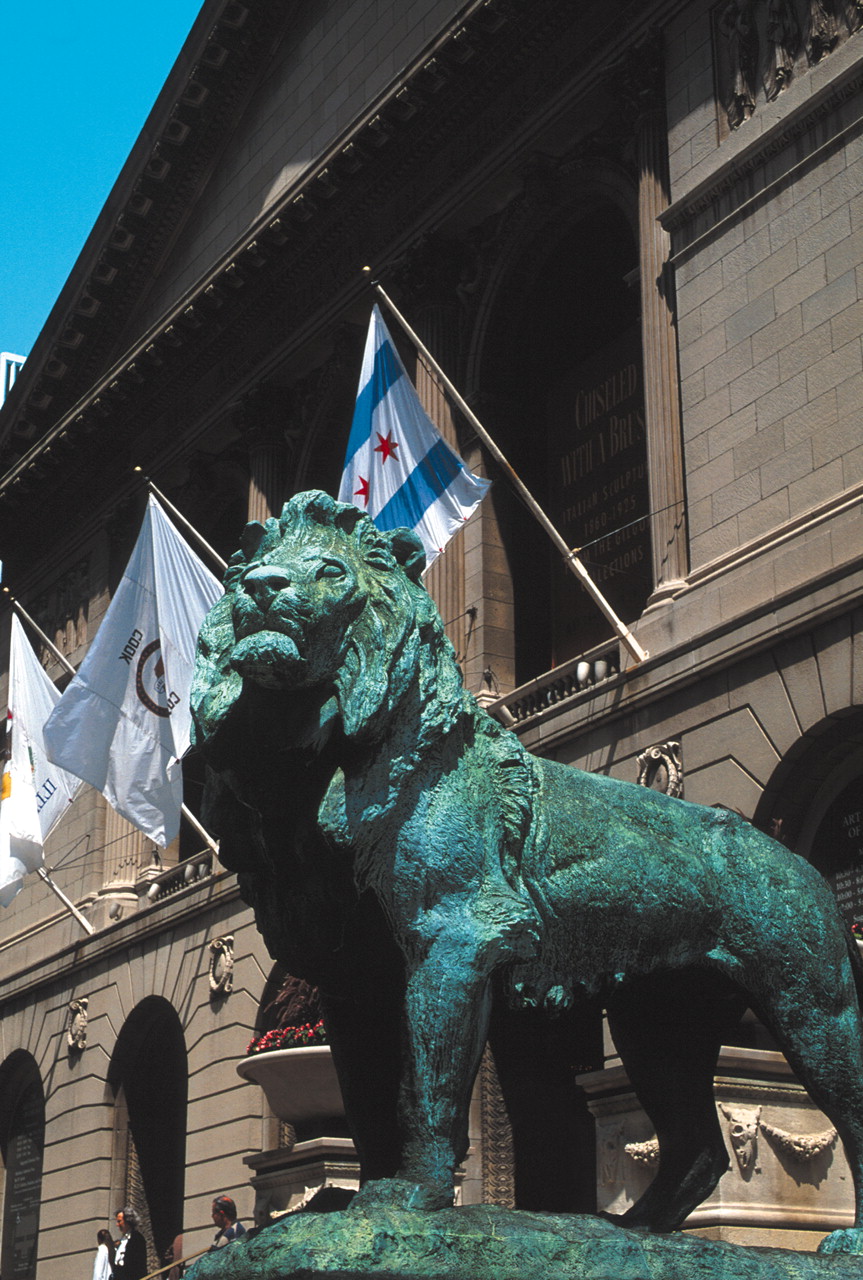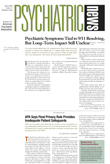There’s a museum in Chicago to suit everyone’s interests. Here are descriptions of the city’s most notable ones.
The Adler Planetarium, the first planetarium in the Western Hemisphere, features exhibits on astronomy and space exploration. A one-hour multimedia “Sky Show” changes every few months. After the Friday evening Sky Show, views from the observatory’s 20-inch telescope are projected onto the Sky Theater.
September through February the Adler Planetarium offers free admission days on Monday and Tuesday. On other days admission is $13 for adults and $11 for children aged 4 to 17.
The Art Institute of Chicago, which comprises both a museum and a school, found its permanent home on Michigan Avenue in 1893. The original, core beaux-arts building, designed by Shepley, Rutan, and Coolidge, was built for the World’s Columbian Exposition.
The museum houses more than 300,000 works of art within its 10 curatorial departments. Among its great treasures are the legendary masterpieces “A Sunday Afternoon on La Grand Jatte—1884” by Georges Seurat, “American Gothic” by Grant Wood, “Nighthawks” by Edward Hopper, and 33 paintings by Claude Monet.
Tuesdays are free. On other days, visitors pay what they wish but must pay something. Recommended admissions for nonmembers are $10 for adults and $6 for children, students, and seniors (over 55); children 5 and under are admitted free. Certain exhibitions may require a special timed ticket or the full recommended admission posted at ticket counters.
Both Chicago and American history are on display at the Chicago Historical Society. Chicago’s growth is traced from pioneer days to its emergence as a modern metropolis. The multimedia exhibit titled “A House Divided: America in the Age of Lincoln” is a must for anyone interested in the Civil War era.
Admission is free on Mondays; $3 on other days.
The Field Museum of Natural History was founded to house the biological and anthropological collections assembled for the World’s Columbian Exposition of 1893. These objects form the core of the museum’s collections, which have grown through worldwide expeditions, exchange, purchase, and gifts to more than 20 million specimens. Regular features include nature exhibits: animals, plants, ecosystems, rocks, and fossils; and cultural exhibits: Africa, the Americas, Asian Pacific cultures, and “global themes.”
Admission is $8 for adults, $4 for children aged 3 to 11 and for seniors and students with identification.
The Museum of Science and Industry, one of Chicago’s most popular tourist attractions, contains more than 2,000 displays demonstrating the impact of science and technology on modern life. The museum’s Omnimax Theater features films on a five-story domed screen.
Admission is $5, or $8 with Omnimax Theater admission.
The Shedd Aquarium’s Shedd’s Oceanarium features whales, dolphins, sea otters, seals, and penguins in a naturalistic setting with Lake Michigan as a backdrop. The highlight of the main aquarium is the 90,000-gallon “Coral Reef” tank, where divers hand out treats for the sharks, barracudas, eels, and other assorted sea creatures.
Admission is $15 for adults, $11 for seniors and children 3 to 11 years of age. Visitors on Monday or Tuesday pay $7 for adults and $5 for seniors and children to see the aquarium, oceanarium, and seahorse symphony. ▪


